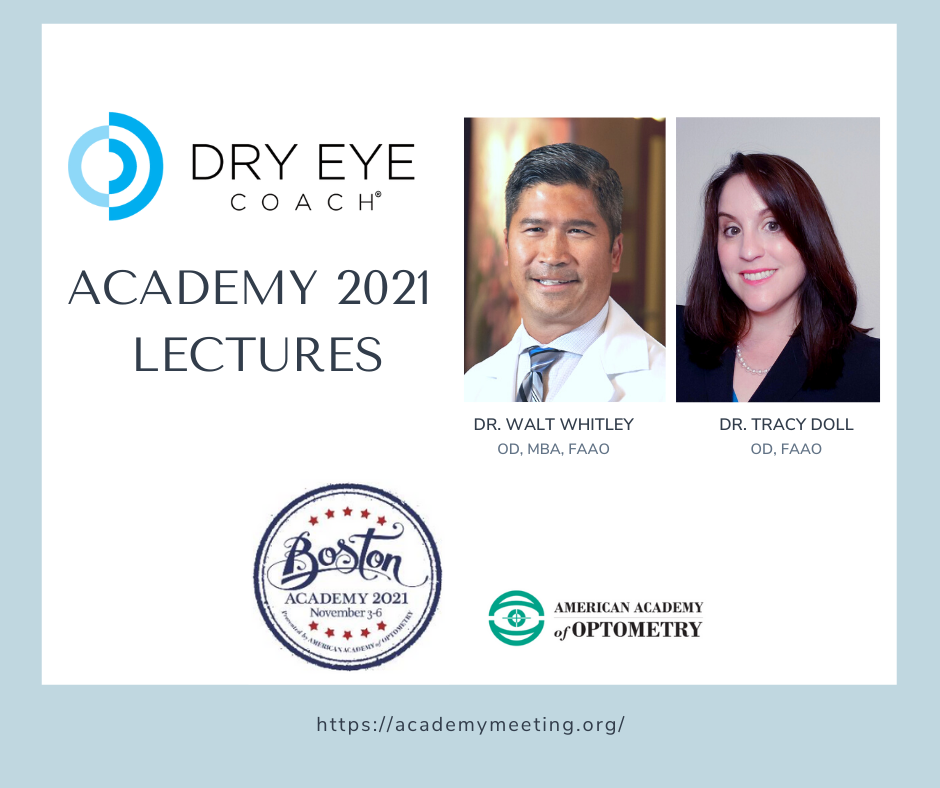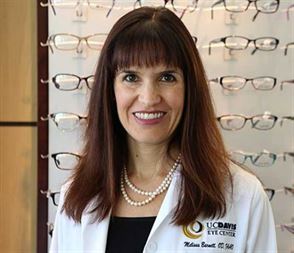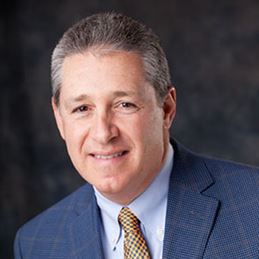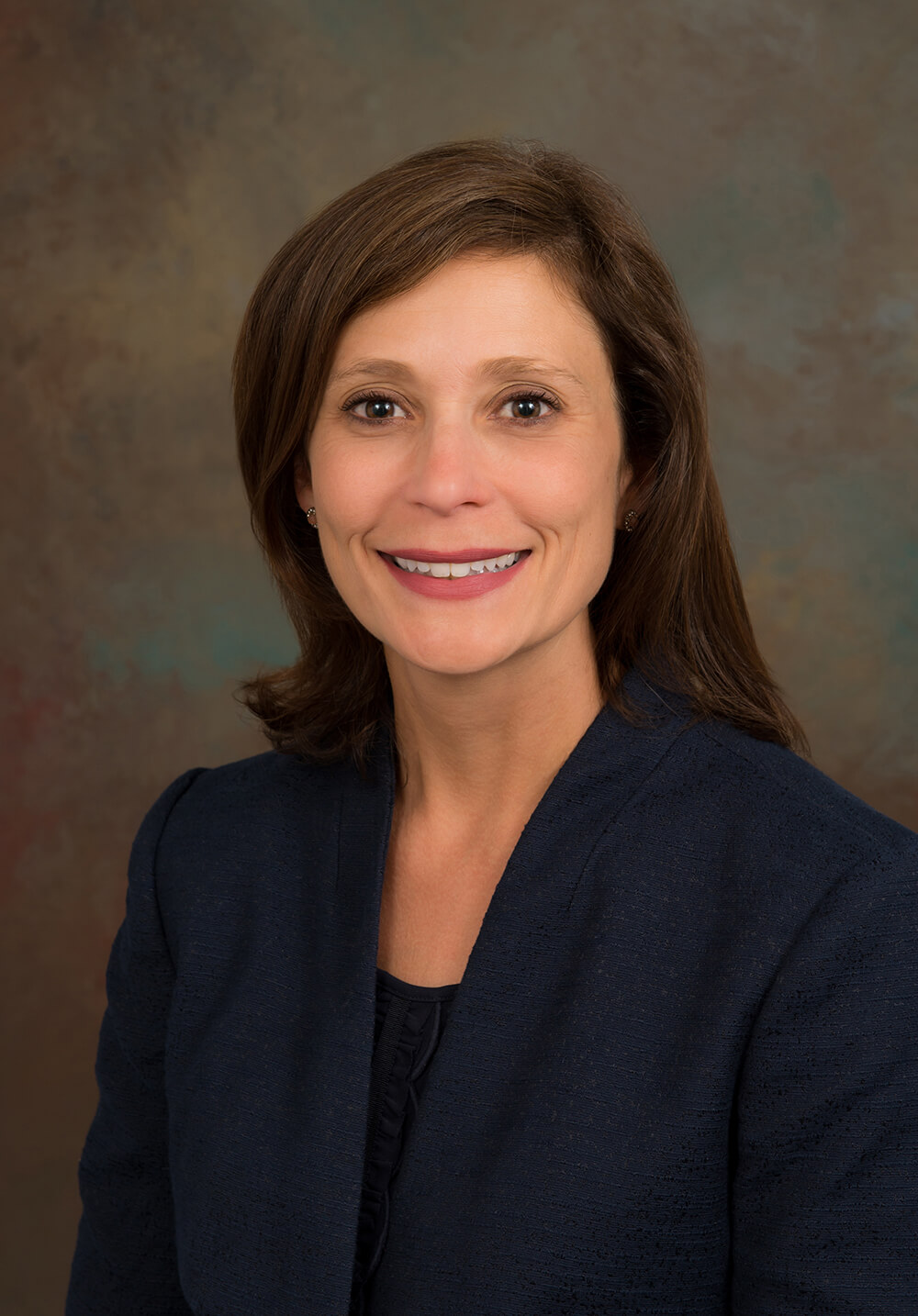This COPE Accredited activity captures content from inter- views with key opinion leaders in the field of optometry.
Identification of Educational Gap
Optometrists face increasing pressure to remain current in their clinical knowledge, diagnostic skills, and selection of thera- peutic options due to a number of important factors. Shifts in population demographics, access to care, and the increasing number of aging patients will continue to have significant impli- cations for the delivery of modern eye care for years to come. As population changes lead to shifts in ocular disease prevalence, ophthalmic development in pharmaceuticals and new medical device technology continues to change the treatment strategies available to optometrists. As an example, Tsontcho Ianchulev, MD, noted during the March 2010 Innovative Glaucoma Surgery Symposium that he had identified 548 ongoing clinical research studies, including 24 device studies and 198 studies in the active recruitment phase for glaucoma treatment.1 The coordinated management of dry eye disease therapy, including preopera- tive and post-surgical attention to the ocular surface, can be a significant factor in patient satisfaction. Knowledge of the ocu- lar surface impact of pharmaceuticals and surgical techniques is a continual process as new options are studied. Bielory and O’Brien also noted the importance of ocular allergy diagnosis and treatment in candidates for laser corneal refractive surgery.2 Investigators have also found that ocular allergy is frequently underdiagnosed prior to elective eye surgery and perhaps underreported as the cause for poor outcomes in patients that suffer from dry eye following refractive surgery.3 Key aspects in improving the effective delivery of ocular disease treatments include expanding the diagnostic skills of clinicians, as well as the awareness of patient symptoms and available treatment options.
Additionally, in a review of past Dulaney Foundation medi- cal education activity feedback, fewer than 40% of glaucoma experts responding were aware of the prevalence of ocular sur-face disease among glaucoma patients being treated with topi- cal IOP-lowering medications. Clearly, the ocular surface plays a key role in all areas of patient satisfaction when implementing other disease therapies or managing preoperative and postop- erative surgical care.
Patient compliance with prescribed therapies remains a sig- nificant barrier to effective treatment in many areas of ocular disease, especially in glaucoma management, where failure can lead to the permanent loss of vision. In fact, new research in the journal Ophthalmology involving glaucoma medical therapy adherence and visual field defects demonstrated that patients “who were less than 80% adherent, according to the MEMS devices, were significantly more likely to have worse defect severity.”4
The issue of patient adherence to medical therapy is a key aspect of improving patient outcomes in all areas of ocular dis- ease management. Addressing these gaps in education relative to the burden of ocular disease is an important part of improv- ing the delivery of effective care and improving the ocular health of the population.
Jointly sponsored by Evolve Medical Education LLC andAdvanced Ocular Care.
Supported by an unrestricted educational grant from Allergan.
Read more here…










